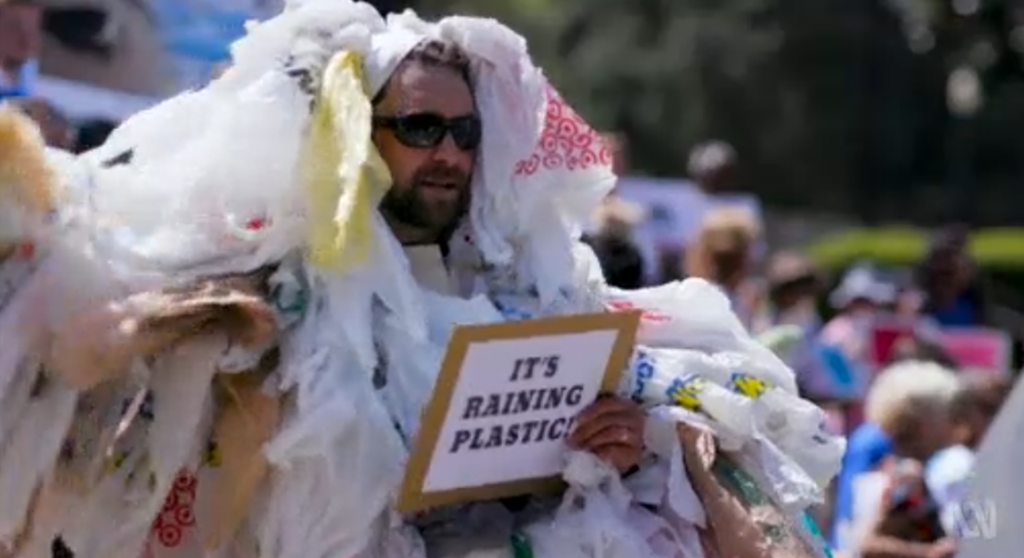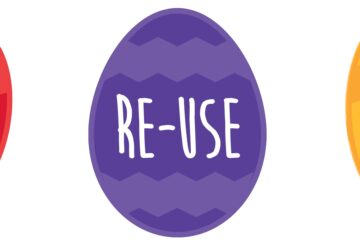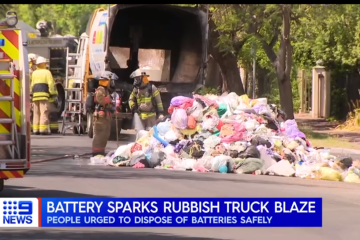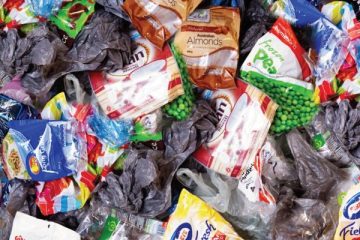
On Monday 10 August, Four Corners aired an American story about plastic recycling history and issues from America.
Click here to view the preview of the story.
- The story reflects a situation occurring in America and doesn’t reflect what is occurring here in Australia/South Australia. Through NAWMA our plastics collected from kerbside recycling bins is predominately recycled right here in Adelaide. Secondary processing through Recycling Plastics Australia/RPA at Kilburn sees the material washed, granulated and chipped and sold as a pellet to companies like Advanced Plastic Recycling/APR, also in Kilburn, to be made into new plastic products including, bollards, outdoor furniture and playground equipment.
- As long as virgin plastic material continues to be cheaper to use, which has been the downfall since 1973, then recycling will struggle. This requires mandating the use of recycled materials, improving the efficiency and reducing the cost of producing recycled products as well as taxing the production of virgin plastic materials. In October last year four of East Waste’s Member Councils (Adelaide Hills Council, City of Burnside, Norwood Payneham & St Peters and City of Prospect) made a commitment to prioritise the procurement of products made from recycled materials and a number have been proactive in utilising plastic content in capital works projects.
- The need for better recycling infrastructure and technology is one part of the solution, and the Australian Government recently announced the $190M Recycling Modernisation Fund for investment in key processing facilities. When matched with the states and industry, this will total almost $600M.
- Recycling and recycled content plastic products are a realistic and accessible way to reduce the plastic waste footprint. As part of the packaging supply chain, there are a number of Organisations such as APCO and ACOR that are focused on improving the current low base of plastic packaging recycling here in Australia.
- If we continue to treat packaging and recycling at the back end, issues will always remain. Greater pressure must be placed on packaging manufacturers and producers to have a greater responsibility, accountability and ownership of the material they produce.
- East Waste in conjunction with our Councils will continue to focus on education to assist the community to understand what and how to recycle, but more importantly the role they can play in avoiding, reducing and reusing materials instead of relying on recycling as the solution.
- SA Government are also implementing legislation to ban single use plastics. This included plastic straws, cutlery, stirrers, expanded polystyrene cups, plates, bowls and clamshell containers. Read more here; https://www.greenindustries.sa.gov.au/plastic
- We agree that the little number on the bottom of plastic containers, contained within that chasing arrow symbol, is misleading. That is why it is great that in Australia, companies are progressively adopting the Australasian Recycling Logo, which provides easy-to-understand recycling information when you need it most. It removes confusion, saves you time and reduces contamination.
- Another success story is our soft plastics recycling system with REDcycle. You can drop off clean soft plastics at most supermarkets across Australia. These plastics are then used to make park furniture, garden supplies and high-quality asphalt.
Further to this, as part of the WMRR SA Waste Conference later this year a ‘2020 Buy Recycled Expo’ will be held and promises to showcase a number of existing and future opportunities for Councils and the community to purchase recycled products and strengthen a circular economy for plastics.
WMRR have also provided a great response to this story which can be read by clicking here.


